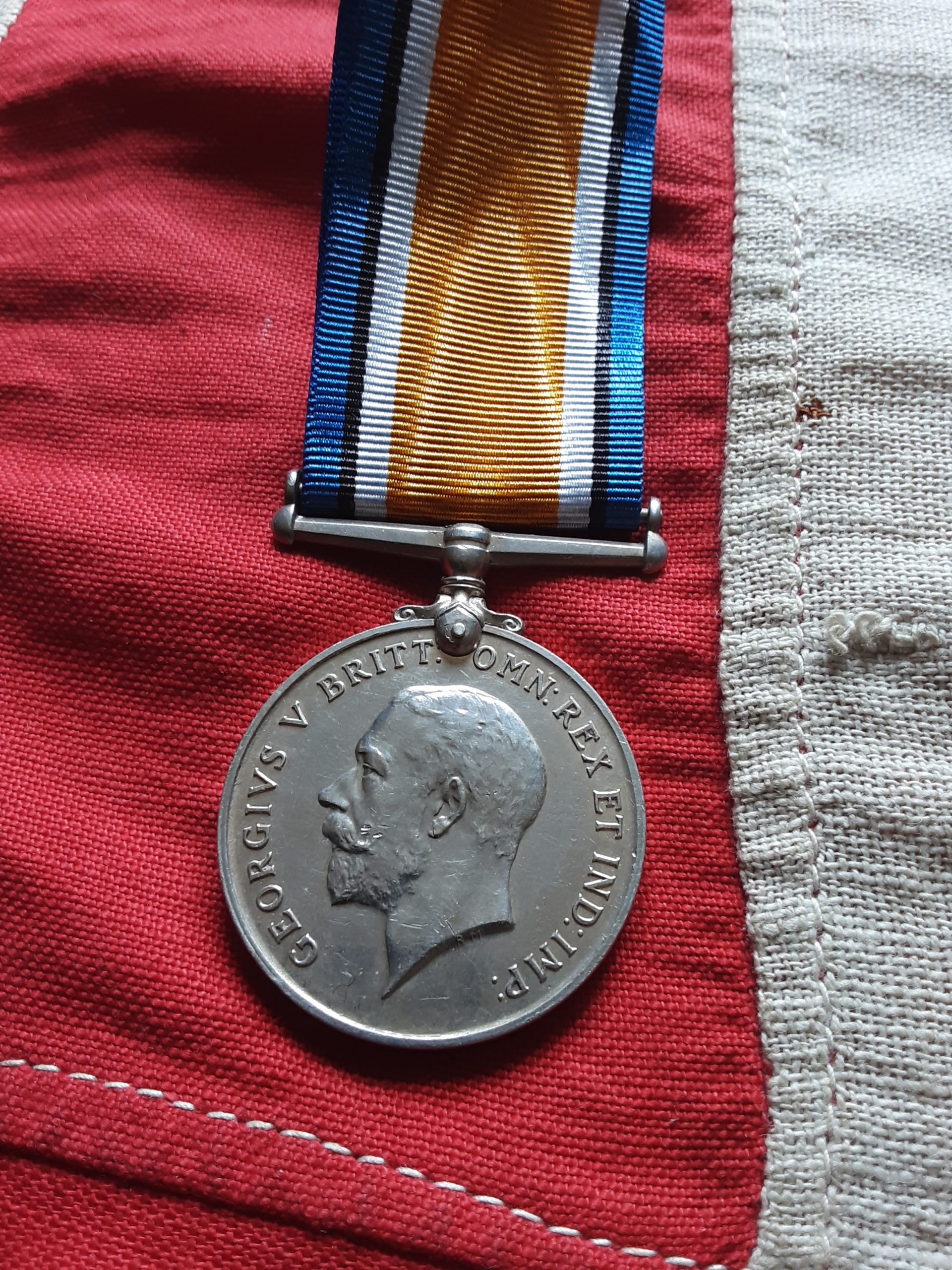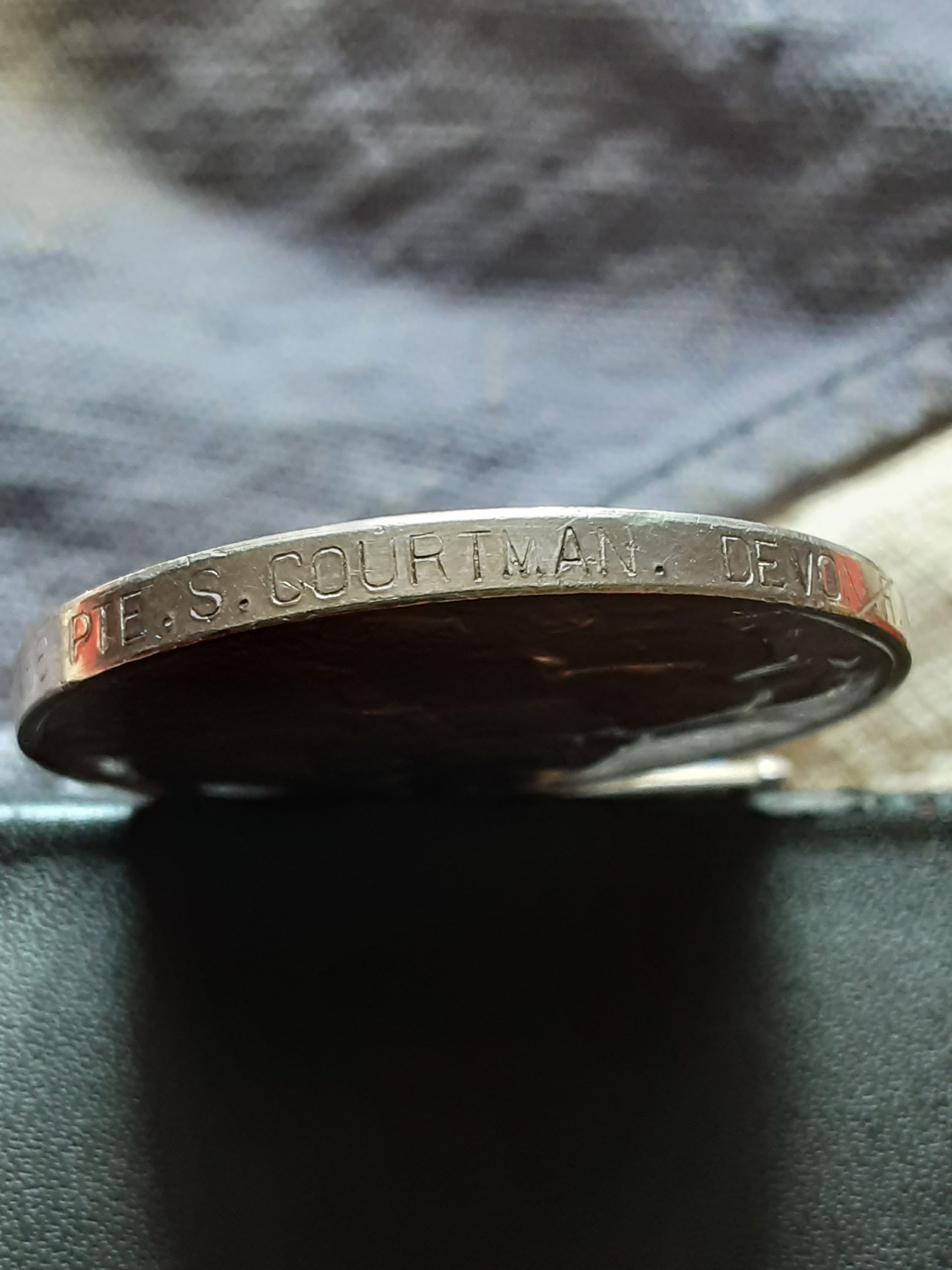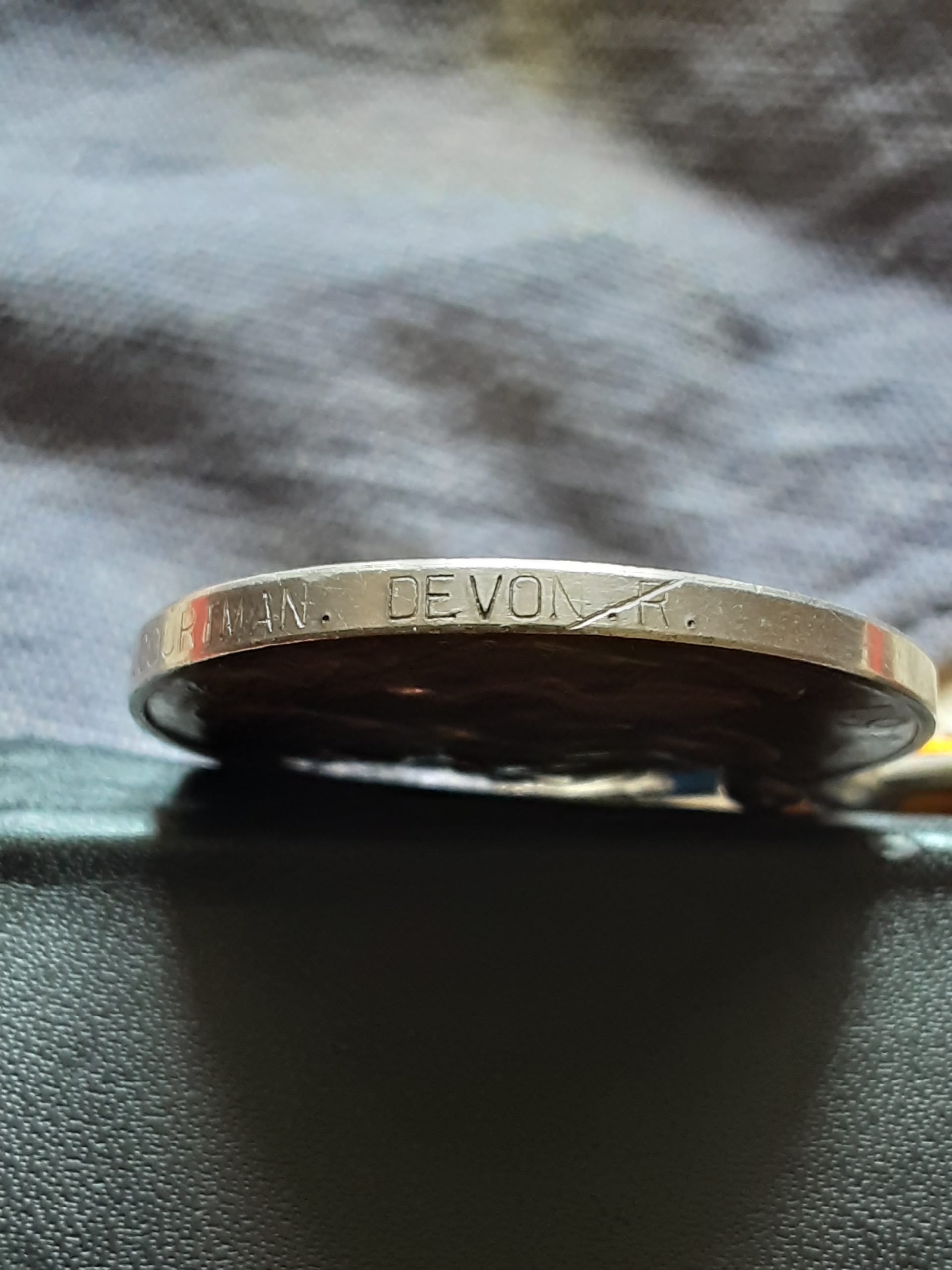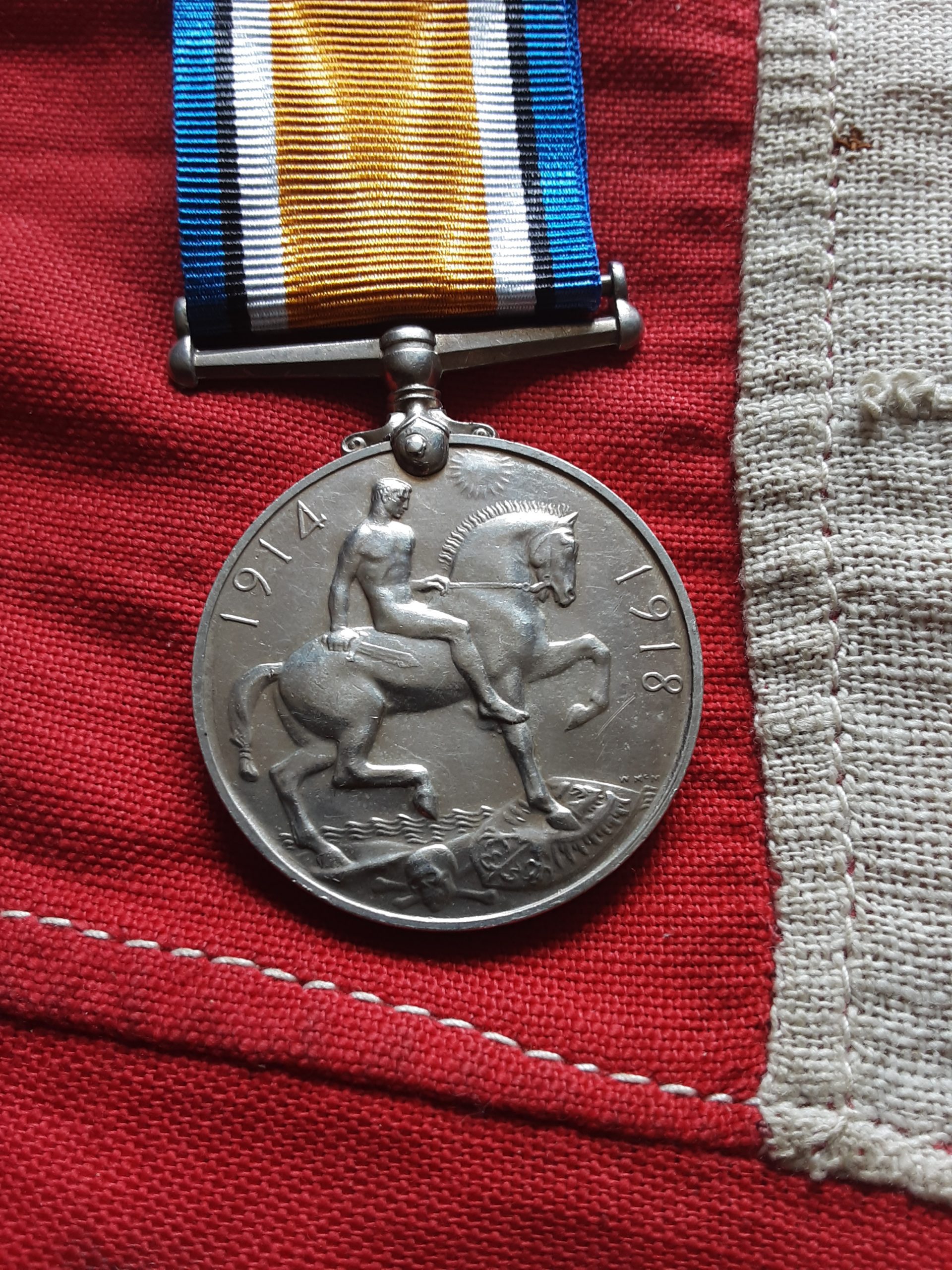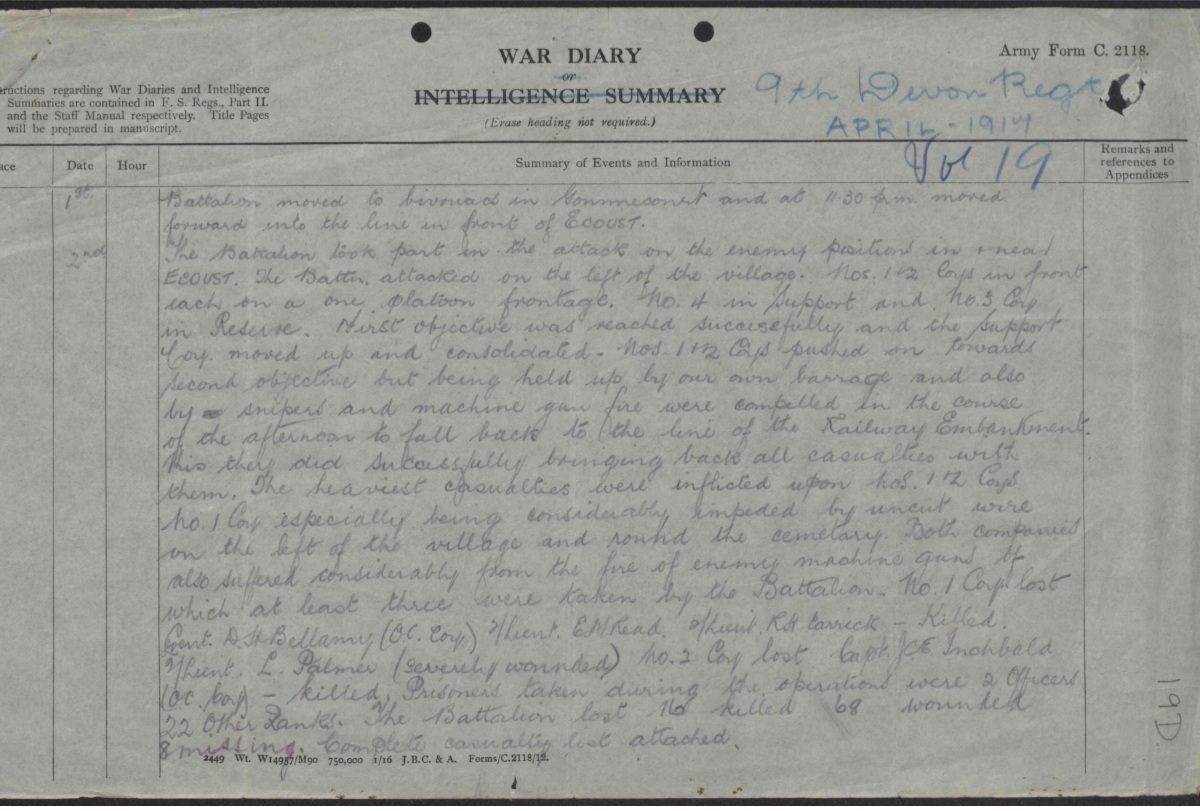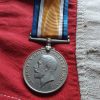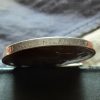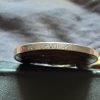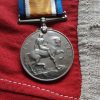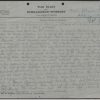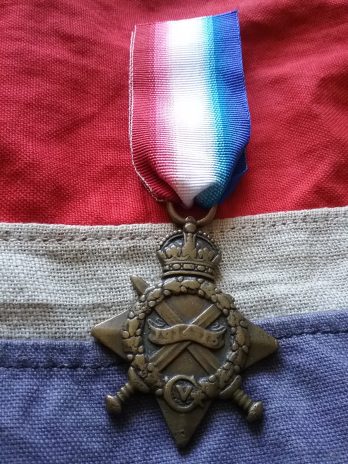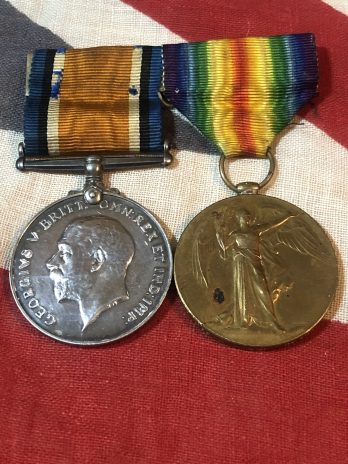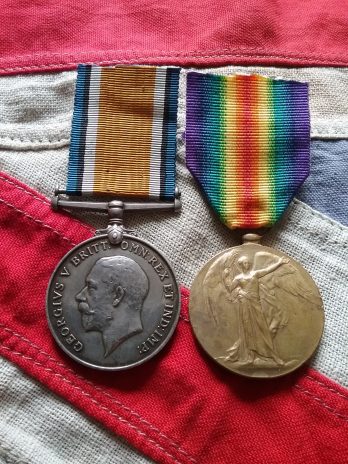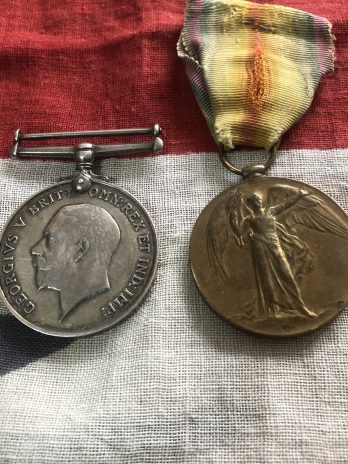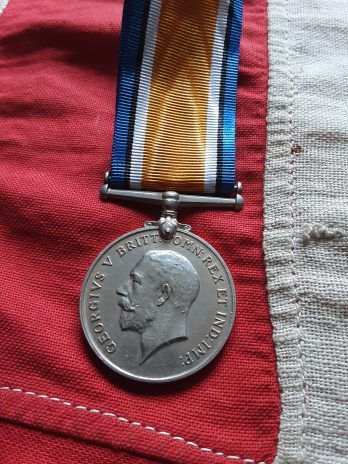Devonshire Regiment casualty BWM. Samuel Courtman. 9th Devon Regt. KIA 1917. Born Dartmouth
£60.00 £55.00
Availability: 1 in stock
5A British War medal on replacement ribbon named to.
20666 pte s courtman Devon r .
( please note scratch to rim across Devon in pictures ).
By the time the Devons were back in the front line on 20th March, as the Regimental History puts it, “the situation map [was] more changed than in any period since trench warfare had begun”. The front line to which they were allocated had moved a considerable distance, north-east of the village of Mory, well to the north of Bapaume. When they arrived in the front line, they immediately began to push forward patrols towards the village of Ecoust-Saint-Mein, which had become an outpost of the Hindenburg Line system between Croisilles and Doignies. The patrols “reported enemy holding village strongly”. On 23rd March, the Battalion War Diary records that “during the night the enemy attacked one of our advanced posts but was driven off leaving three dead”.
Each day during their tour the Battalion sent out patrols, and contined to find the village of Ecoust strongly held. On 26th March nine men were killed and eight wounded, before they were relieved by the 8th Devons, who took over the task. For their experience, see the story of Harry Bowhay, killed on 28th March.
Death
On 2nd April 1917 an attack was made by 22nd Brigade, including the 8th and 9th Devons, on Ecoust. According to the Regimental History:
The position was formidable; the substantial belt of wire which covered the village lay in a hollow invisible from any observation post, and its destruction was, therefore, very difficult. There were believed to be two gaps in it, but these were on the roads leading into the village from Mory and Vraucourt, and, as was discovered later, machine- gun posts in front of the wire protected both of them … it was decided to form up the attacking troops just short of the machine-gun posts, so that they should have hardly any distance to cover when the barrage opened. The barrage was to start 200 yards from the advanced line and to move 100 yards every three minutes.
The 9th Battalion attacked on the left of the village ie to the north-west; their first objective was some houses on the road to Croisilles, and their second the railway embankment north of Ecoust. The 8th Devons attacked the village itself, with the aim of reaching the railway station to the north-east of the village.
Owing to a bright moonlit night, the attack was delayed until 5.15am, just before dawn. For the 9th Devons, numbers 1 and 2 Companies were in front; number 4 Company was in support, and number 3 Company in reserve. Samuel was in Number 2 Company.
The Battalion War Diary records that:
First objective was reached successfully and the support company moved up and consolidated. Numbers 1 and 2 Companies pushed on towards second objective but being held up by our own barrage [which was falling short] and also by snipers and machine gun fire [those who had reached the furthest ahead] were compelled in the course of the afternoon to fall back to the line of the railway embankment … The heaviest casualties were inflicted upon Numbers 1 and 2 Companies, Number 1 Company especially being considerably impeded by uncut wire on the left of the village and round the cemetery. Both companies also suffered considerably from the fire of enemy machine guns of which at least three were taken by the Battalion.
To their right, the 8th Devons had been involved in heavy house to house fighting in the village, but had succeeded in taking it, and later in the day, despite heavy casualties, fought off a counter-attack successfully, and the village was held.
Casualties for the 9th Devons, according to the Battalion War Diary, were four officers killed, including Captain Inchbald leading Number 2 Company, and 16 men killed and 8 missing; 68 men were wounded. Samuel was one of those killed. According to the letter sent to Carrie from the new CO of Number 2 Company (reported in the Dartmouth Chronicle), “his death was absolutely instantaneous … he proved himself to the end a gallant soldier, and a credit to his King and country”.
Under the heading “Dartmouth Heroes: Their Lives for their Country: Privates S Courtman and Harry Bowhay”, the Dartmouth Chronicle of 20th April 1917 published the news of the death of the two men from the town who had died in the attack on Ecoust, though they could not report it as such. The deaths column also carried an announcement from Ellen:
Samuel Courtman was born in Dartmouth on 28th June 1886 and baptised at St Petrox on 8th August of that year. He was the fifth child and second son of Charles Courtman and Elizabeth Ellen Kerswell.
Like so many, Samuel’s Army service papers have not survived. However, the Dartmouth Chronicle of 5th November 1915 included Samuel’s name in the list of “Dartmouth men who are now serving in HM Forces”. This was the period in which the “Derby Scheme” (or “Group Scheme”) came into operation (see the story of Thomas Charles), as the Government’s final attempt to boost further voluntary recruitment, before moving to conscription. It seems that Samuel chose to volunteer immediately, rather than to attest with an obligation to serve later – the Dartmouth Chronicle’s list clearly differentiates between those who had volunteered and those who had deferred their service under the scheme, and enlisted in the Army Reserve. Soldiers Died in the Great War records that he enlisted in Newton Abbot.
The Chronicle’s list shows Samuel as a member of 3rd Battalion Devonshire Regiment. As this was the training battalion of the Regiment it indicates that he was by then undergoing his initial training. The Devonshire Regiment’s Victory and British War Medal Roll shows that he was first posted to the 1st Battalion. This is the same pattern as that of Sydney Callard, who volunteered at about the same time, so they may have joined the 1st Battalion together. When Samuel joined the Battalion in France is not known, but must have been some time during the first half of 1916. For the activities of the 1st Battalion during 1916, see the story of George Peters.
By the time of his death, however, Samuel had transferred to the Regiment’s 9th Battalion, which included several men with Dartmouth connections.
The 9th Devons had begun 1917 still in the Somme sector, but for most of January 1917 to the end of February, they were in reserve. During this period several drafts arrived, to rebuild the Battalion to full strength, so Samuel may have joined them at this time. There is no reference in the Battalion’s War Diary to any draft arriving from the 1st Battalion as such.
For much of March, the Battalion was in Brigade support, employed in working parties taking ammunition and stores up to the front line and in working on the light railway at Auchonvillers, near Beaumont Hamel. Meanwhile, the German retirement to the new fortified positions of the Hindenburg line had begun.
April 2nd 1917, Killed in Action in France, Pte S Courtman (Samuel) beloved son of Ellen Courtman and the late Charles Courtman, of Dartmouth.


